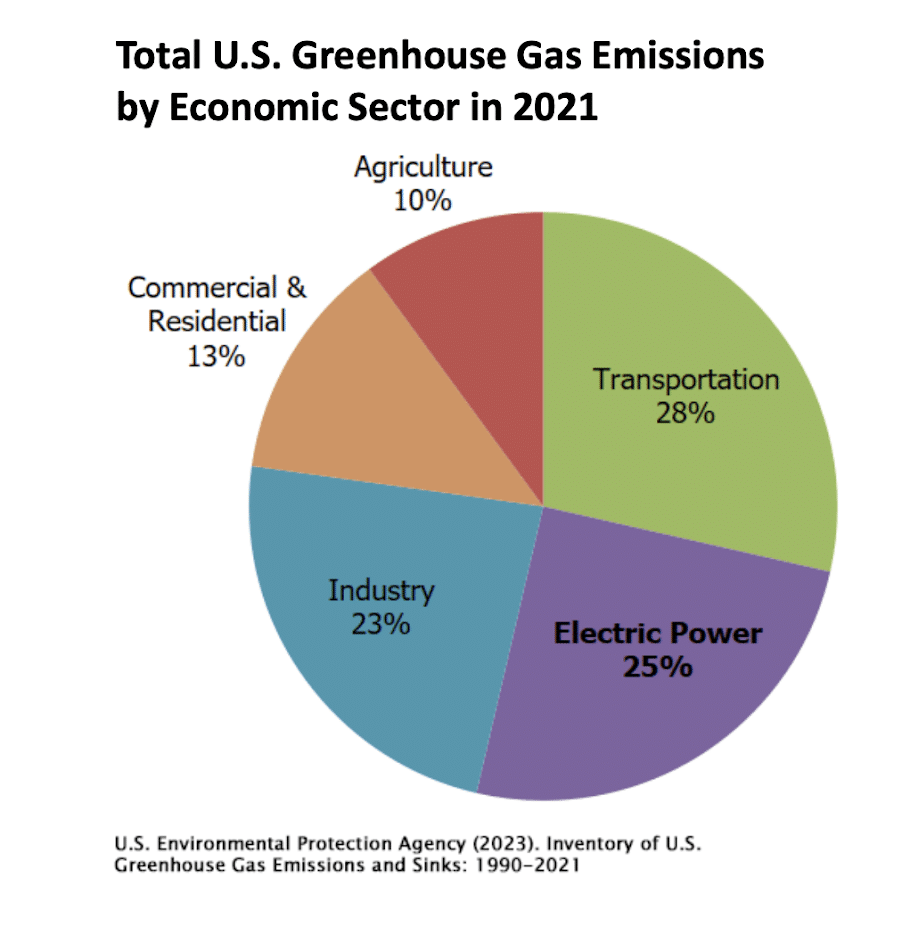U.S. EPA’s Proposed Power Plant Emission Rule Relies on Carbon Capture Technology

The U.S. Environmental Protection Agency on May 11 proposed new rules to limit carbon dioxide emissions from fossil fuel-fired power plants, with emission limits phasing in over the next decade. The proposed standards rely on carbon capture and sequestration, low-emission hydrogen co-firing, and natural gas co-firing technologies to achieve emissions reductions. Starting in 2030, the rule would generally require more emissions control at fossil fuel-fired power plants that operate more frequently and for more years and would phase in increasingly stringent requirements over time. EPA projects these proposals would cut 617 million metric tons of carbon dioxide through 2042, and deliver up to $85 billion in climate and public health benefits over the next two decades.
The agency proposes to repeal the Affordable Clean Energy, or ACE, rule, issued under the Trump administration in 2019, as the rule’s emission guidelines do not reflect the best system of emission reduction, or BSER, for coal plants and are inconsistent with the Clean Air Act in other respects. ACE replaced more stringent Obama-era restrictions under the 2015 Clean Power Plan, or CPP, which established the first federal emission guidelines for power plants, setting a target for each state. In 2021, the D.C. Circuit Court vacated the ACE rule, which included the CPP repeal, and in 2022, the Supreme Court reversed the vacatur of the ACE rule and upheld the CPP repeal.
EPA is proposing that carbon capture and sequestration is a component of the BSER for new base load stationary combustion turbine generating units, existing coal-fired steam generating units that intend to operate after 2040, and large and frequently operated existing stationary combustion turbine units. For base load units, the EPA is proposing two pathways as potential BSER: the use of carbon capture to achieve a 90 percent capture of emissions by 2035 and the co-firing of 30 percent (by volume) low-GHG hydrogen by 2032, and ramping up to 96 percent by volume low-GHG hydrogen by 2038. The power sector is the largest stationary source of greenhouse gases in the U.S., accounting for 25 percent of the overall emissions in 2021, according to EPA.
EPA said that the new proposal provides utilities options for meeting the standards as well as adequate time to plan and invest for compliance, leverage the clean energy incentives and opportunities provided in the 2022 Inflation Reduction Act, and continue to support a reliable supply of affordable electricity.
The Electric Power Supply Association said that the rule would intensify reliability challenges pointing out that the aggressive rules would “drive up energy costs and lead to a substantial number of power plant retirements when experts have warned that we are already facing a reliability crisis due to accelerated retirements of dispatchable resources.”
The Natural Resources Defense Council called on EPA to “move forward without delay to strengthen and finalize robust and durable standards by early next year,” but also noted that the rule “doesn’t address the full range of disproportionate harm that fossil fuels inflict, especially on low-income communities and people of color,” although it would deliver reductions in power plant carbon pollution and sulfur dioxide.
EnerKnol Pulses like this one are powered by the EnerKnol Platform—the first comprehensive database for real-time energy policy tracking. Sign up for a free trial below for access to key regulatory data and deep industry insights across the energy spectrum.
ACCESS FREE TRIAL